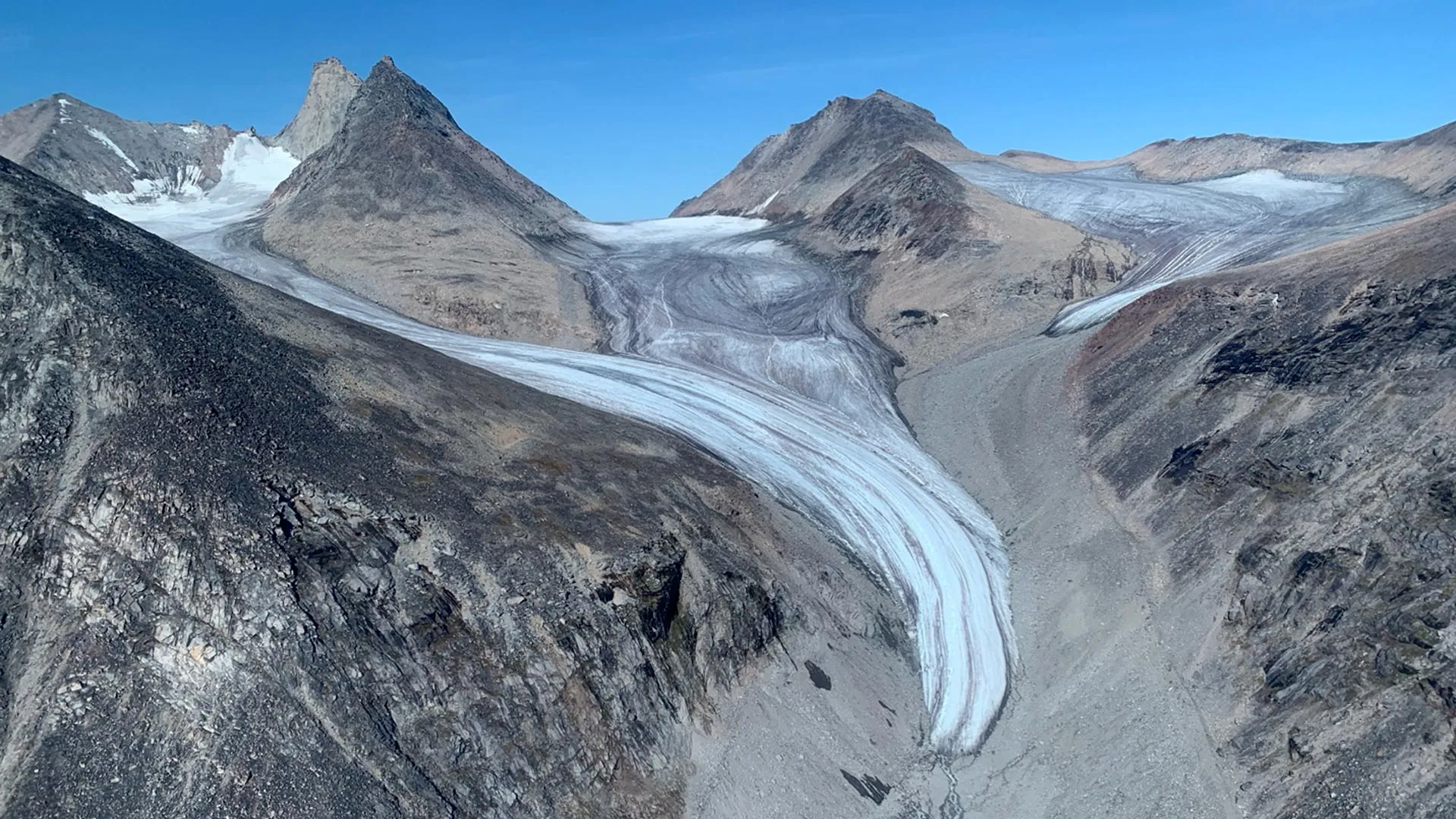Scientists just measured how fast glaciers carve the Earth
Analysis used machine learning to estimate erosion for 180,000 glaciers around the globe.
- Date:
- August 9, 2025
- Source:
- University of Victoria
- Summary:
- Scientists used machine learning to reveal how glaciers erode the land at varying speeds, shaped by climate, geology, and heat. The findings help guide global planning from environmental management to nuclear waste storage.
- Share:

Glaciers carved the deep valleys of Banff, eroded Ontario to deposit the fertile soils of the Prairies and continue to change the Earth's surface. But how fast do glaciers sculpt the landscape?
Published on August 7 in Nature Geoscience, University of Victoria (UVic) geographer Sophie Norris and her international team provide the most comprehensive view of how fast glaciers erode, and how they change the landscape. Most importantly, their research also provides an estimate of the rate of contemporary future erosion for more than 180,000 glaciers worldwide.
Using a machine learning-based global analysis, Norris and her research team have worked to predict glacial erosion for 85 per cent of modern glaciers. Their regression equations estimate that 99 per cent of glaciers erode between 0.02 and 2.68 millimeters per year -- roughly the width of a credit card.
"The conditions that lead to erosion at the base of glaciers are more complicated than we previously understood," says Norris. "Our analysis found that many variables strongly influence erosion rates: temperature, amount of water under the glacier, what kind of rocks are in the area, and how much heat comes from inside the Earth."
"Given the extreme difficulty in measuring glacial erosion in active glacial settings, this study provides us with estimates of this process for remote locations worldwide," says John Gosse, Dalhousie University.
Understanding the complex factors that cause erosion underneath glaciers is vital information for landscape management, long-term nuclear waste storage and monitoring the movement of sediment and nutrients around the world.
Norris started this work while a post-doctoral fellow at Dalhousie and concluded it at UVic. The team of collaborators included the University of Grenoble Alpes (France), Dartmouth College (US), Pennsylvania State University (US) and the University of California Irvine (US). The work was carried out in partnership with and financially supported by the Canadian Nuclear Waste Management Organization.
Story Source:
Materials provided by University of Victoria. Note: Content may be edited for style and length.
Journal Reference:
- Sophie L. Norris, John C. Gosse, Romain Millan, Jeremie Mouginot, Antoine Rabatel, Mathieu Morlighem, Matthew S. M. Bolton, Richard B. Alley. Drivers of global glacial erosion rates. Nature Geoscience, 2025; 18 (8): 732 DOI: 10.1038/s41561-025-01747-8
Cite This Page: